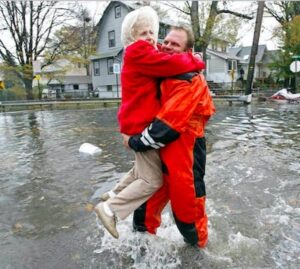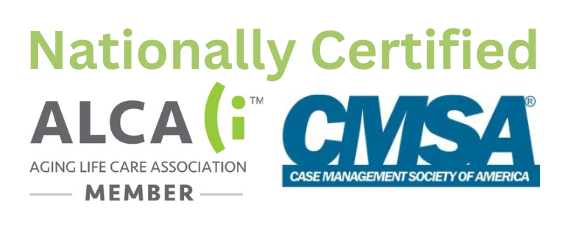 Beginning with Katrina, “storm of the century” events have unfortunately become a frequent occurrence. Every year, we stand powerless before the awesome destruction that nature can unleash. It’s hard to believe anyone could survive such an event. Can you imagine how it must be for the elderly? How about those who are ill?
Beginning with Katrina, “storm of the century” events have unfortunately become a frequent occurrence. Every year, we stand powerless before the awesome destruction that nature can unleash. It’s hard to believe anyone could survive such an event. Can you imagine how it must be for the elderly? How about those who are ill?
The best and most obvious answer to help the elderly and ill when facing such circumstances is, of course, to evacuate. Hoping to ride out a storm isn’t usually the wisest choice. Storms can easily become life-threatening for the elderly, especially if they are disabled or dependent for care. The best option is always to evacuate.
How You Can Prepare
Unfortunately, many elders are either incapable or unwilling to leave their residences even when faced with such a dire forecast. Taking certain steps in preparation can provide a measure of security for the elderly under such extreme circumstances.
- Gather Information: Get informed on what to expect in an emergency situation. Contact your health provider and get to grips with what to expect when a storm hits and what to do in case of an emergency.
- Emergency Kit: An emergency kit is the most important survival tool for a senior and/or their caregivers. The kit should be both comprehensive and logical in its makeup, food, water, prescription drugs, batteries, candles, clothes, and, of course, a mobile phone and a radio. Expecting the worst case scenario and no rescue in sight is the best starting point for setting up an emergency kit. Keep in mind what kind of seasonal weather you might be encountering in the aftermath of the storm as well.
If the elderly concerned has particular medical needs, like oxygen or medical devices, such items should also be factored into the emergency kit. The name kit is a misnomer. We are talking about a serious cache of supplies that take into account the seriousness of the situation and take any eventuality into account. Imagine everything you may need if you were cut off from the world for a week. That’s your starting point. - Post Your Location: Inform people about your intention to stay in your home. Keep emergency contacts handy. Don’t run under the radar. People need to know where you are and what you may need. Also, keep a list of all the important contacts you may need, such as emergency numbers and neighbors. Keep a list of your essential papers in a watertight envelope as well. This may be a list of prescription drugs, medical needs, and the model and type of your assistive devices. These will help guide potential rescuers to assist you efficiently.
- Be Proactive: in an emergency situation, normal services will be disrupted. If you are dependent on such things as social security, opt for electronic payments to avoid disruption. Also, set up an alternative communication plan by recruiting family and friends in the effort. In extreme situations, a socially cohesive group tends to outperform even the best-prepared individual. Build up your social network to profit from its safety net. If you are worried about living alone in these conditions, provide an extra key to trusted people so they can enter in case of emergencies. Instruct them regarding your medical needs and how to administer any medicines. Keep your social network informed of your usual routines and whereabouts. They should have a good idea of where you are at all times.
- Backup: If you’re in need of specialized equipment, such as a wheelchair and other medical devices that need power, find alternate backup sources, such as an electrical generator. Keep an extra-light wheel chair available. The same goes for all basic equipment.
Final Things to Remember
Surviving extreme situations is one part luck and two parts the individual situation. Be prepared but remember that the best survival tip when faced with a storm is not to be there when it lands.
Contact your Private Care Manager for more ideas and to receive assistance in preparing for emergencies.






